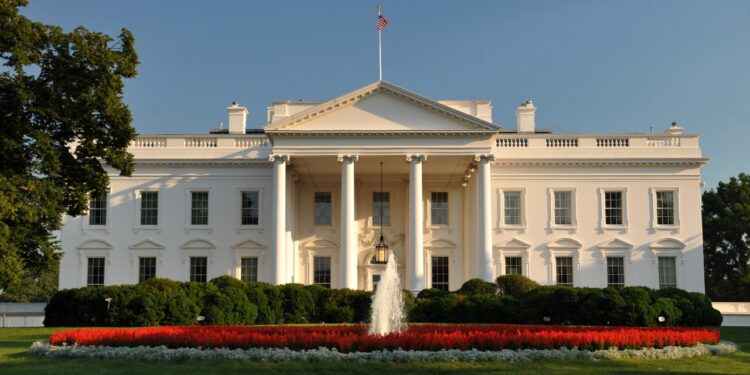The White House: America’s Most Famous Residence
Situated at 1600 Pennsylvania Avenue in Washington, D.C., the White House stands as an enduring symbol of American democracy and presidential power. For over two centuries, this iconic neoclassical mansion has served as both the official residence and workplace of the President of the United States.
History and Architecture
Construction of the White House began in 1792 under the supervision of President George Washington, though he never actually lived there. The building’s design, created by Irish-born architect James Hoban, was inspired by Georgian architecture popular in 18th-century Europe. President John Adams and his wife Abigail became the first residents in 1800, although the building was still unfinished.
Throughout its history, the White House has undergone several renovations and expansions. After being burned by British troops in 1814 during the War of 1812, it was rebuilt and expanded. In the early 20th century, President Theodore Roosevelt oversaw a major renovation that added the West Wing and the Oval Office.
The White House Today
The modern White House complex spans 18 acres and includes the Executive Residence, West Wing, East Wing, and the Eisenhower Executive Office Building. The main building consists of six floors and 132 rooms, including state rooms, guest suites, and staff offices.
Some notable areas within the White House include:
- The Oval Office: The president’s primary workplace
- The Situation Room: A conference room for handling crises and emergencies
- The State Dining Room: Used for formal dinners and state functions
- The East Room: The largest room, often used for receptions and press conferences
Public Access and Tours
While security measures have increased over the years, the White House remains partially accessible to the public. Free tours can be arranged through congressional offices, allowing visitors to see select areas of the building’s interior. The White House Visitor Center, located nearby, offers additional exhibits and information about the building’s history and significance.
As both a working office and a living museum, the White House continues to captivate the American public and visitors from around the world. It stands not only as the home of the U.S. President but also as a powerful symbol of American heritage, democracy, and leadership on the global stage.
newshub











Recent Comments